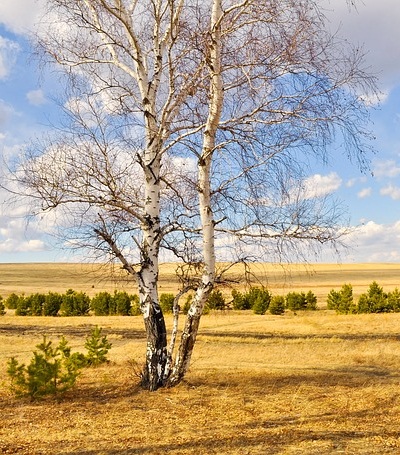Wildfire Impact in an Imbalanced Ecosystem
Nearly all studies conducted about wildfire, indicate that the Earth is basically susceptible to wildfire occurrences.
Where vegetation such as grasses, brush, trees and homes pose as flammable materials, the presence of oxygen in the air plus the intense heat of the sun, can all combine and start an uncontrollable wildfire. In 2018, intense scorching heat waves engulfed many parts of Europe, causing the decade’s worst natural wildfire disaster to spread in Greece, Sweden and Latvia.
The California wildfire tragedy in November 2018, is touted as the most devastating in the state’s history. Although investigations have yet to determine the actual cause, a common observation among firefighters is that the wildfire was made much worse by the effects of global warming.
Still, despite the occurrence of such phenomenon, recent global studies show that between 84% and 90% of wildfires that transpired worldwide, were caused by humans. Aside from decimating natural resource and private properties, destroying human lives, as well as creating adverse economic and social impact, the aftermath of wildfires has enduring effects not visible to the naked eye.
Burned Forest Soils Take as Many as 80 Years to Fully Recover
Based on an important study recently conducted by the Australian National University, burned forest soils will take as many as 80 years to recover. The findings is contrary to common previous perceptions that soil recovery will take place after 10 to 15 years.
Regardless of what or who caused a wildfire, the enduring ill-effects of soil burned by overly intense heat will greatly affect the functions of the ecosystem, particularly those that largely depend on plant communities.
Professor David Lindenmayer of the ANU Fenner School of Environment and Society, and also a member of the research team said that not even scientists knew for how long forest soils are affected after a wildfire.
“We thought forests could recover within 10 or 15 years, at most, after these sorts of events.”
According to the ANU report, raging wildfires can bring soil temperatures beyond 500 degrees Celsius, likely resulting to depletion of vital soil nutrients. If the area has been previously disturbed by logging activities, the degradation of soil nutrients by wildfires will be more severe.
In light of such findings, the ANU research stressed the importance of including such effects in carrying out land management initiatives and in formulating related policies aimed at reducing, if not preventing wildfires and logging disturbances.
